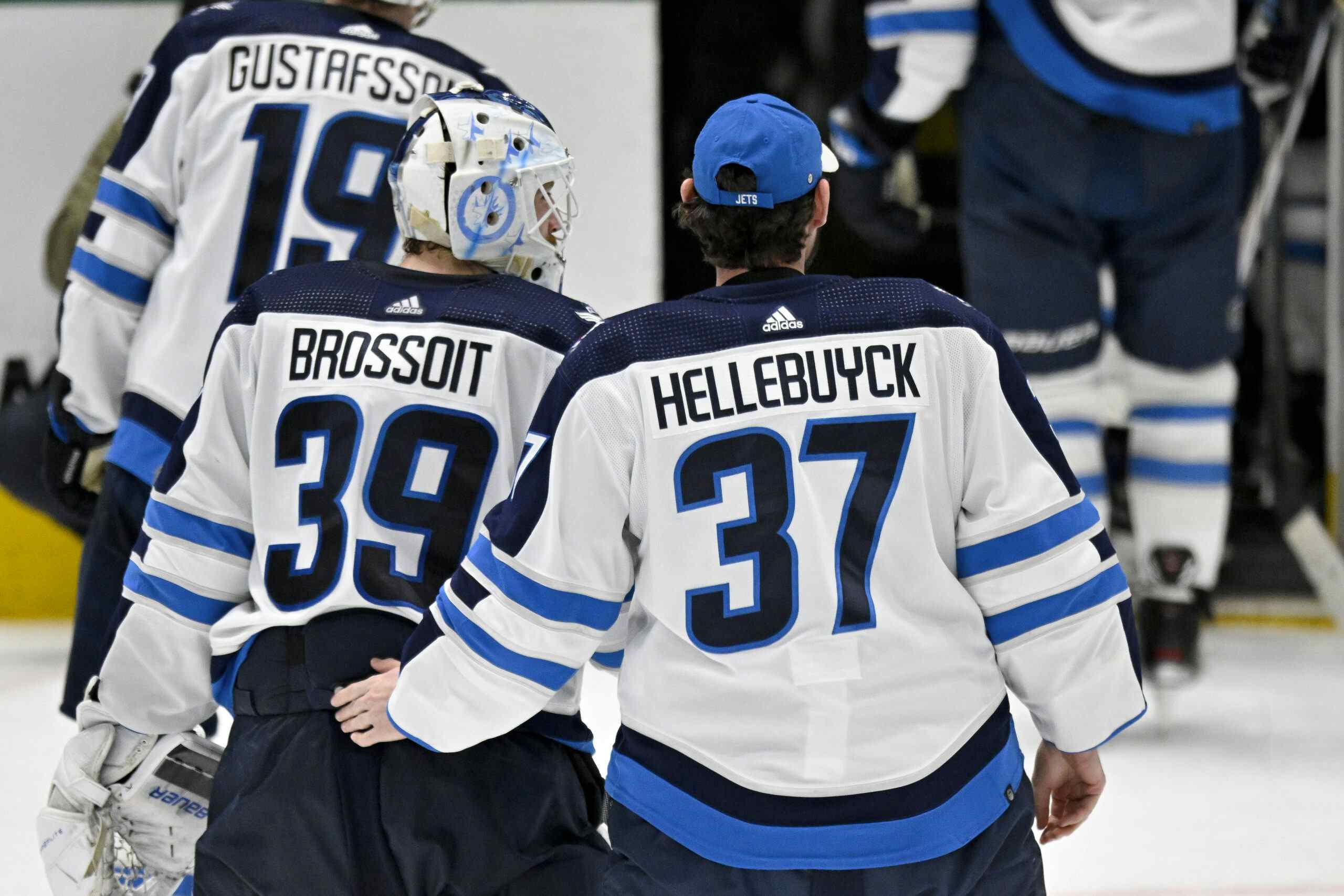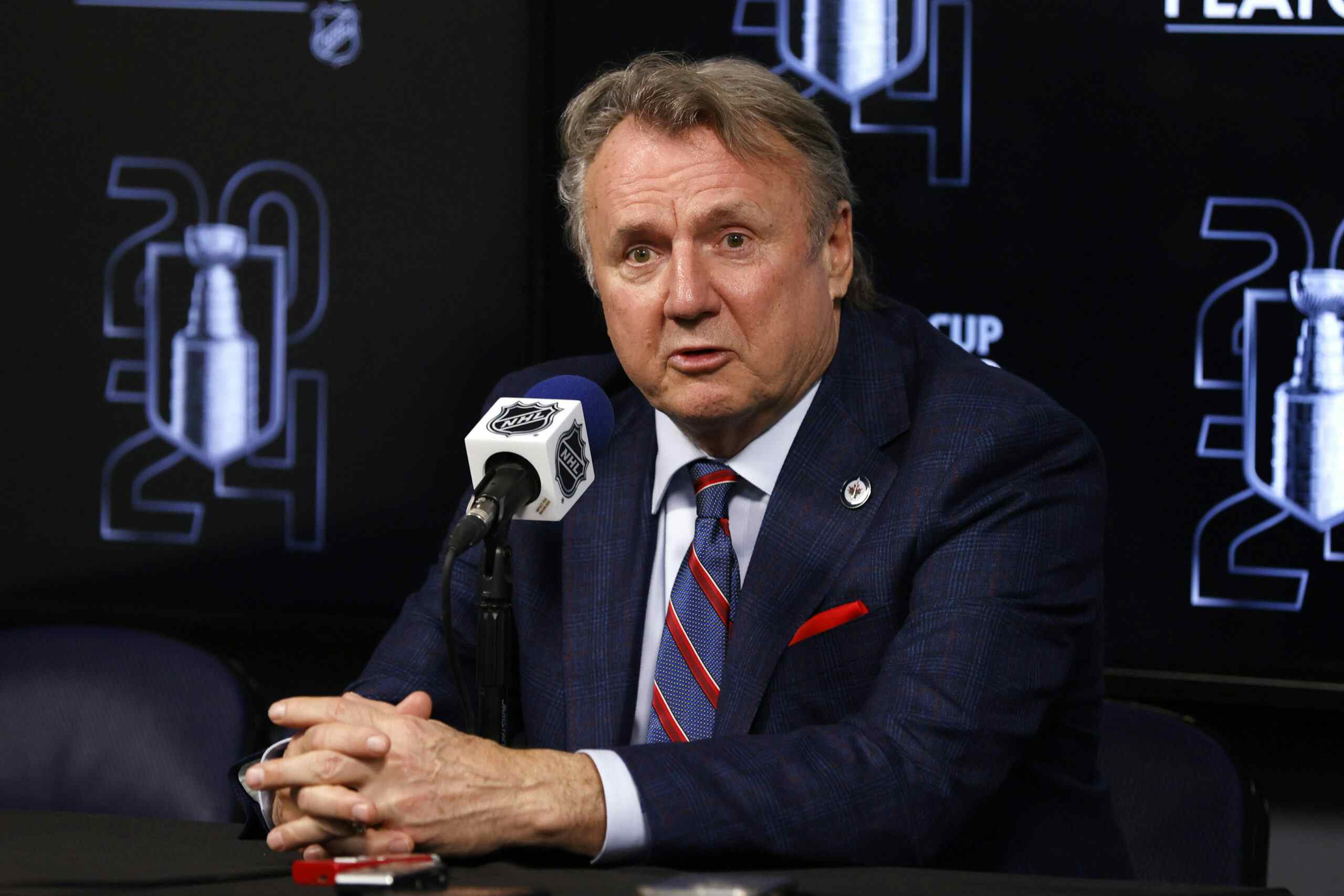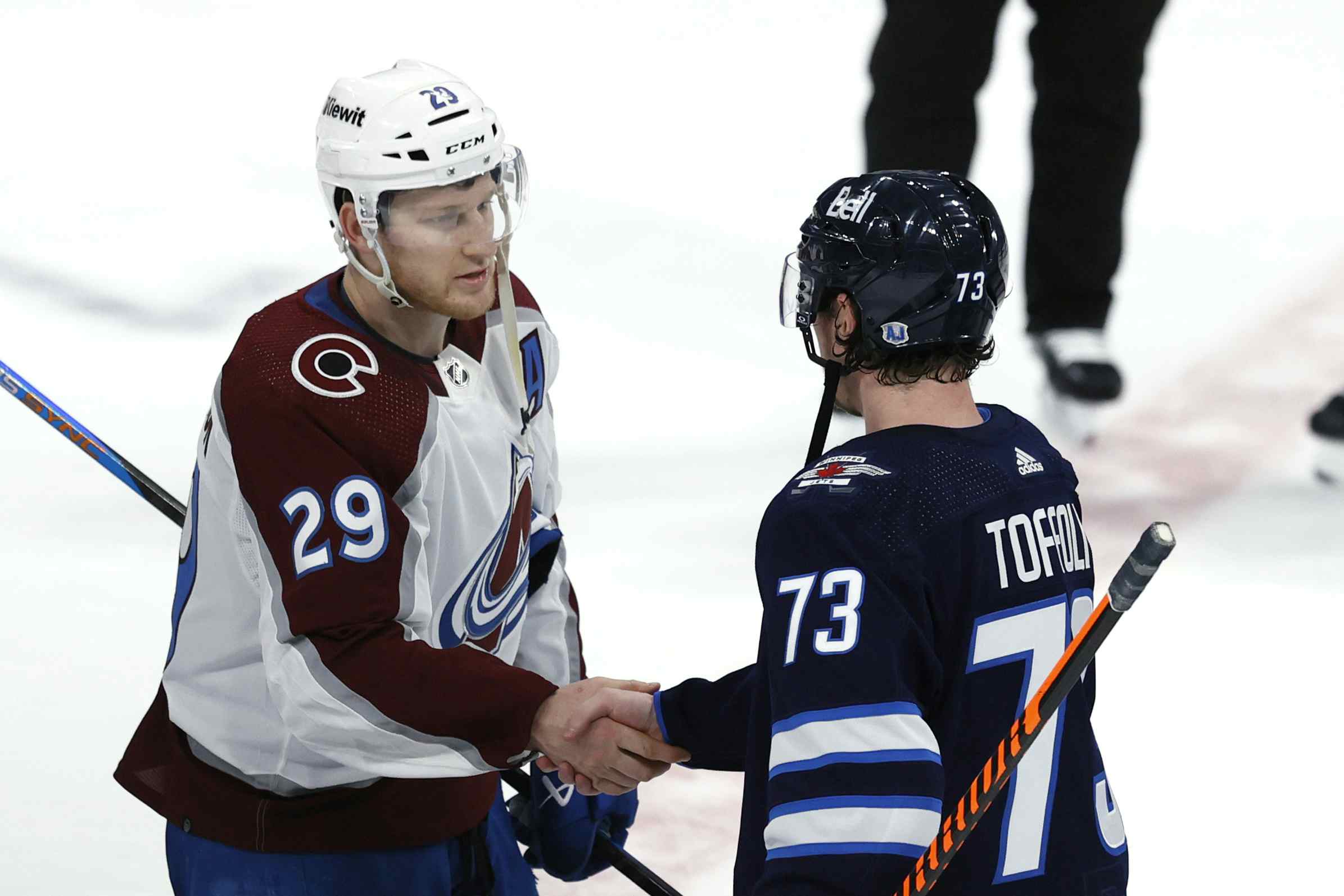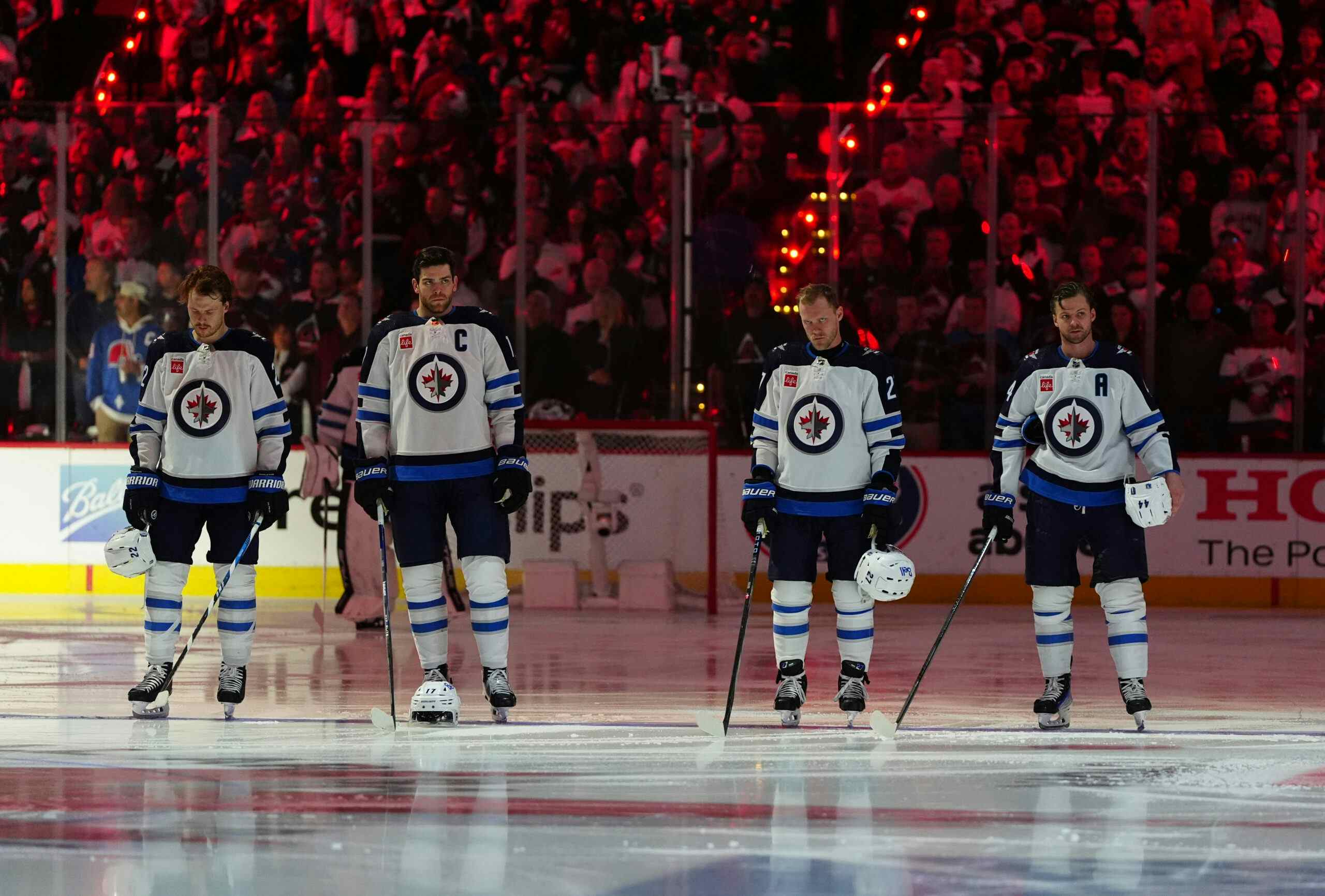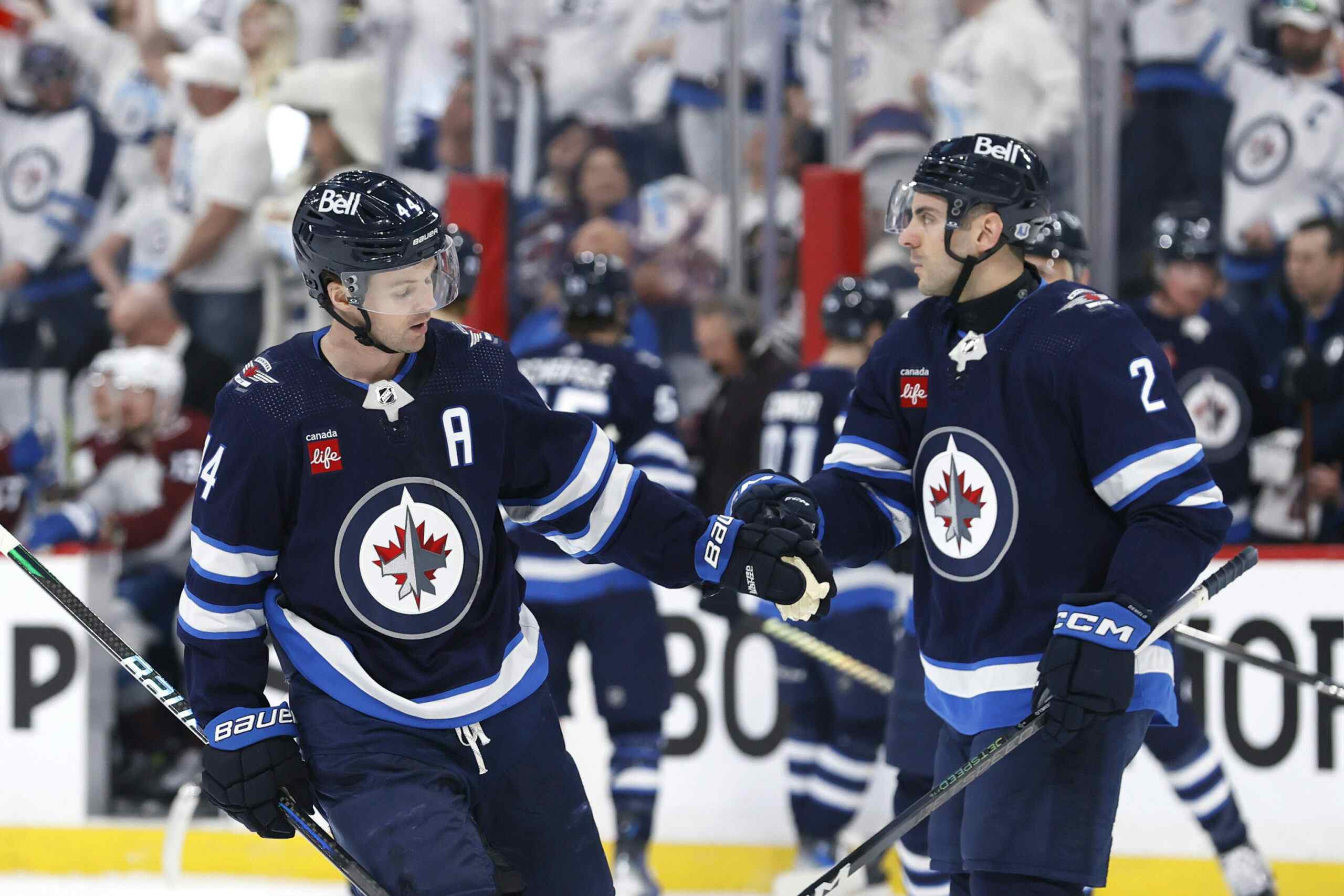Jets in review – Outshooting

The always excellent Eric T. of NHL Numbers and Broad Street Hockey has a piece out this morning that once again shows the tight correlation between scoring chances and Fenwick (shots on goal plus misseed shots) attempts, and that post makes for a nice jumping off point to review the Jets in order to see who does what, and maybe try to add a bit of context to the numbers.
When I’ve done these sorts of reviews in the past for players with both the Jets and Flames, I’ve tried, whenever possible, to examine the out-shooting numbers with a correction for score effects. David Johnson’s Hockey Analysis has that functionality available, along with a WOWY(with or with you) function that helps to separate players from their teammates to degree. It has also has a correction for Zone Starts that helps parse the effects that occur when a player begins shifts disproportionately at one end of the ice or the other. For team figures and individual Qual Comp/Zone Start numbers, Gabe Desjardins provides those stats at Behind the Net. I’ll be referencing both sites throughout the post.
The club as a collective finished with a Fenwick-tied percentage of 50.23, which was good for 12th best in the NHL,and about a 1% uptick from 10/11. Winnipeg was the best non-playoff club by that metric, with Ottawa, the Rangers, Philadelphia, Phoenix, and Nashville all in arrears. Since scoring chances and Fenwick are so closely bound, it seems reasonable that the Jets should have been slightly more likely to score than their opposition 5v5, but the Jets finished the year 162GF/169GA 5v5. The issue wasn’t really at the scoring end, either, because that 162 total was 11th best in the NHL, precisely in line with where they finished in 5v5 shots on goal. Funny, that.
Overall, the Jets finished the year with roughly 70 more shots 5v5 than the opposition. The league median is that about 8% of 5v5 shots go in, so a team with Winnipeg’s shot differential sporting median shooting and goaltending would have finished somewhere in the neighbourhood of +6 5v5. It makes one wonder what could have possibly caused that -7 5v5 goal differential?
/Looks at Pavelec’s numbers
/Looks at Pavelec’s new contract
/Shakes head

The Front Line:
At any rate, let’s move on to individuals, beginning with the forwards. 13 Jets played at least 100 minutes 5v5 with the score tied, and Winnipeg chose some rather novel utilization given the various talents available. Prior to 11/12, Jim Slater had occasionally played more difficult minutes than his 4th line salary would have indicated, but Tanner Glass, and Chris Thorburn entered the season having been career 4th liners, and not particularly distinguished ones at that.
Claude Noel, though, had other plans. Slater, Glass, and Thorburn were buried for virtually the entire season, finishing the year 1-2-3 in terms of quality of competition and 1-2-3 in defensive Zone Start ratio. Slater in particular was given a virtually impossible task, with the toughest QComp and a ZS% of 28.5.
Unsurprisingly, the trio had the worst Fenwick tied numbers amongst the regular forwards, with none of them cracking 43%. With the correlation between Fenwick and scoring chances, that meant that the three of them were on ice for significantly more chances against than for, and they had the ugly GF/GA numbers 5v5 to prove it.
Considering that there’s significant historical evidence that Glass and Thorburn are middling 4th liners, it’s not any surprise that the WOWY shows Slater’s numbers improved when the trio was split. Glass’ and Thorburn’s numbers also took a jump when they were away from Slater, but that was almost certainly because they received easier minutes while away from 19. Slater’s signed for three more years, and as I mentioned earlier this month, if Winnipeg intends to lash him to the mast again in 12/13, he needs better help than he had last season.
The spin-off effect of Noel’s utilization of that trio as his hard miuntes line was that the other forwards were given some higher ground to work from. The only other Jet forward with a sub-50% ZS figure was Antti Mietinen, and conveniently, he was the only other Jets below break-even in terms of Fenwick, even when corrected slightly for his ZS figure. The rest of the forwards were in the black.
The nice part about the correction for ZS is that is can help, along with QComp, show who’s capable of what, and in the case of the Jets, Kyle Wellwood shows very well, indeed. Wellwood’s .590 Fenwick tied would suggest he was extremely effective at generating offensive chances against middling competition, and you’d be very hard-pressed to find another forward in the NHL providing the bang for the buck that the Jets got for his 700k.
Evander Kane and Alex Burmistrov also show well, ending the year with corrected Fenwick figures of .540 and .537 respectively, although it has to be noted that Claude Noel did his best to give them some easier ice time along the way. Considering both players were on their ELCs, that was an eminently sensible approach. I’d suggest that both of them will have to continue that level of output against better players next year for the team to progress, but in the main, they were effective in their roles. Having Wellwood as a running mate for much of the year certainly didn’t hurt, either. I have no idea what Kyle Wellwood might like for a contract, but if he’s got another couple of years like that in his back pocket, he’d be a pretty handy chap to have on the roster at triple the price or more.
The other primary forwards played a bit tougher competition, but like Wellwood et al, they also gained some advantages by having Slater and his mates living in the dungeon. The one player who’s performance was especially good was Andrew Ladd. He out-shot some pretty solid competition at a corrected rate of nearly 53%, and given his pedigree as a serious contributor with the Hawks in 09/10, that makes perfect sense. Wheeler and Little weren’t quite as good, although both were still on the good side of the ledger, and along with Wellwood’s line, likely gave the Jets enough offence to get by.
In the end, the main Jet forwards appear to have out-shot, and by extension out-chanced, the opposition by about a 53-47 ratio. Even factoring in the pounding the GST line took, that should have been enough to get the club in the post-season, considering the weakness of the Southeast Division, at least in theory.

Rearguards:
In contrast to the forwards, Claude Noel spread the pain fairly evenly between his four primary defenders. Dustin Byfuglien, Tobias Enstrom, Ron Hainsey, and Zach Bogosian clearly separated themselves from their fellow D this season, but there wasn’t much daylight among the four of them in terms of quality of competition. Hainsey and Bogosian did have a bit of a tougher row to hoe in terms of Zone Starts, but once the correction is applied, again, we can see who can do what.
Dustin Byfuglien, for whatever flaws he may have, can drive the bus 5v5. He lead all Jets’ D in terms of Fenwick percentage, with Enstrom, Bogosian and Hainsey following in that order, and all four finished above .500. Considering that those four also faced the toughest comp, that’s not a bad season’s work, and had they not missed about a full season’s worth of games combined, the Jets might have been in a better state at the finish line. Zach Bogosian’s quantum leap in performance from 10/11 is especially promising, and speaks well to both the player’s improvement and the help he received from Charlie Huddy.
One of the other advantages of these numbers is that you can also see what players are maybe not quite as good as people would like to believe. Mark Stuart was a fan favorite this year, but he was nothing special at all facing soft competition 5v5, and he appears to have reached his ceiling as a bottom pairing defenceman. These numbers also demonstrate why Mark Flood will be better of in a weaker league next year, since he was openly dreadful, and with Randy Jones in the red against the easiest comp of all, well, don’t let the door hit you, sir.
What’s it all mean?
As I spent all season mentioning, the Jets were a competent team undone by below-average goaltending, especially in the season’s final month. I know that’s not really the media narrative around town, but with increasing evidence mounting that out-shooting=out-chancing, there’s really no other way to look at matters. Ondrej Pavelec has just been rewarded to a level that isn’t in balance with his 11/12 performance, and as Ben Wendorf correctly mentioned in comments yesterday, the only way his new ticket works is if he consistently matches or betters his 10/11 work over the next five seasons.
On the skater side of things, the Jets have a few young players that can be expected to improve, like Kane, Burmistrov and Bogosian, but they’d do well to find more proper depth up front if Noel wants to continue the approach of giving his skill guys the high ground. Tanner Glass and Chris Thorburn were earnest in their efforts, but insufficient in their production, and the absence of depth in the club’s bottom six was the largest non-goaltending weakness in 11/2. The Jets might not get the sexy additions on July 1st, but they can still take a step forward by re-signing Wellwood or back-filling his spot along with adding at least one more legit top-nine forward.
It’s my view that those moves are about the minimum amount the club will need to do continue improving. It’s clear the South East will be a better division with Carolina adding Staal and Tampa possibly having mediocre goaltending rather than the openly dreadful performance they got from Roloson last year, so if the Jets hope to progress, they can’t keep the same roster and simply hope it all works out, irrespective of any internal improvement.
Recent articles from Robert Cleave

